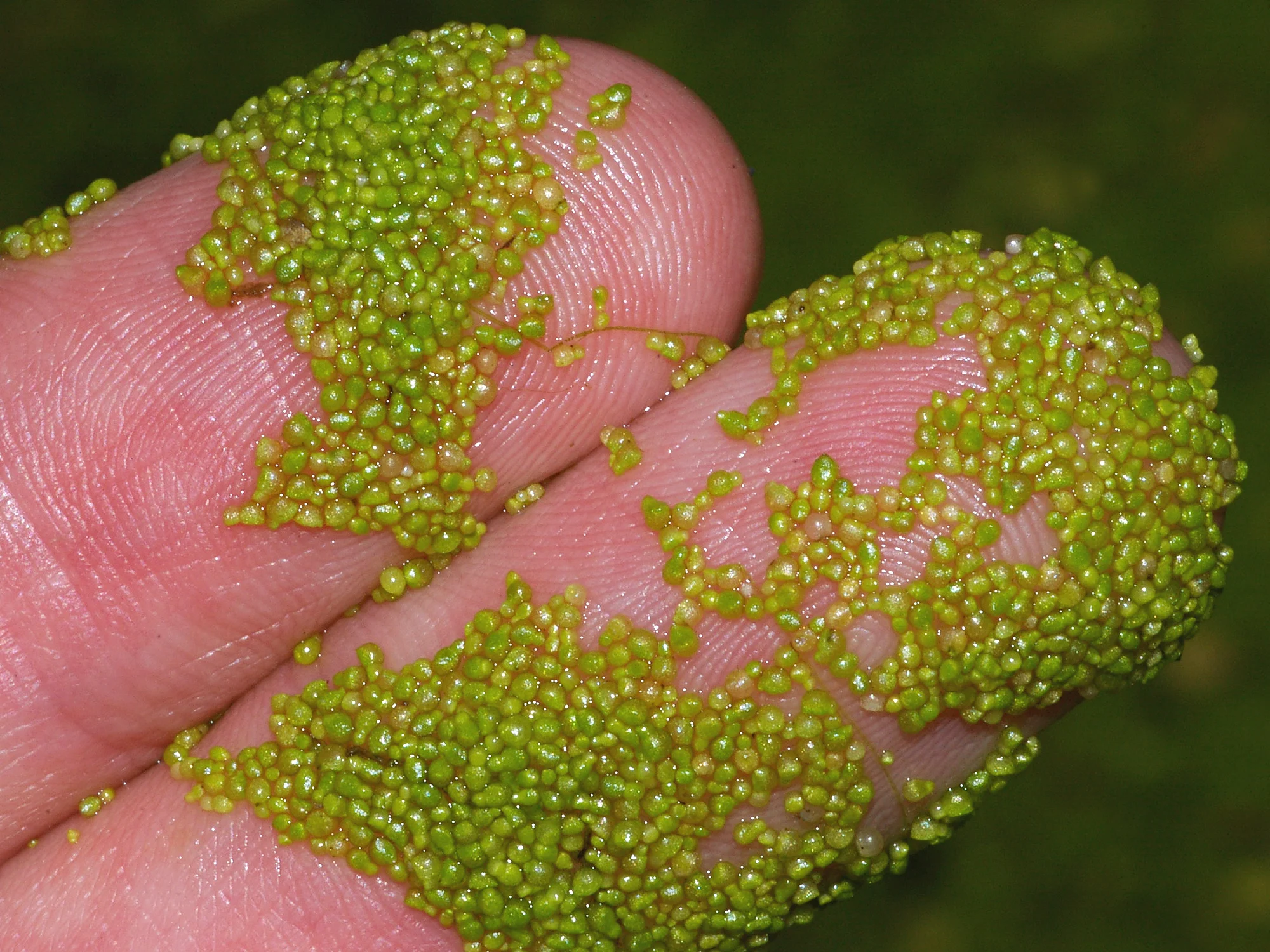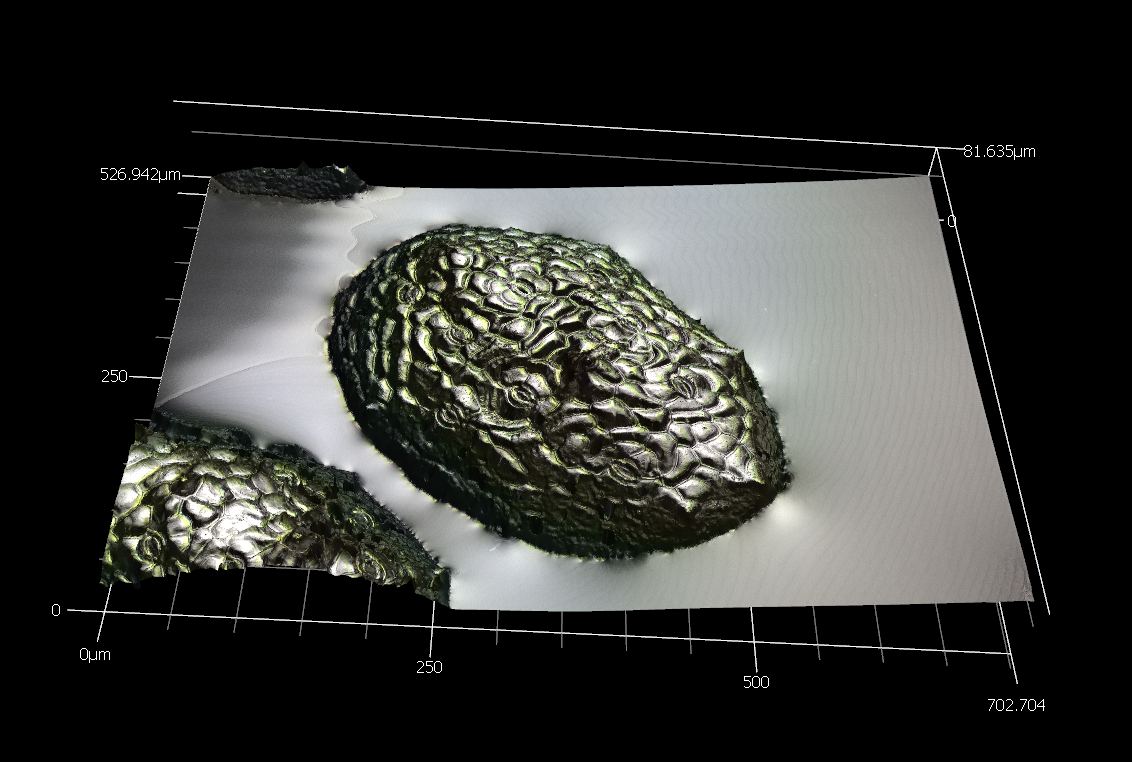
Tiny plant can withstand 20X Earth's gravity, may help take us to other worlds
The tiny plant appears seems to thrive in harsh conditions.
A team of researchers working on sustaining astronauts on future missions have turned their attention to watermeal.
Though not much bigger than a pinhead, when put to the test, plant clusters could withstand 20 times Earth's gravity aboard the European Space Agency's (ESA) Large Diameter Centrifuge (LDC).
The plant's tolerance for crushing pressures could make it a prime candidate for feeding astronauts in the future and generating oxygen efficiently.

Confocal Laser Scanning Microscope image of approximately 1mm-diameter watermeal plants after hypergravity exposure. (ESA)
A tiny plant with enormous potential
Watermeal, even smaller than the more well-known duckweed, is the tiniest flowering plant on Earth. Like duckweed, watermeal is an aquatic plant found in Thailand and other parts of Asia.
For their study, researchers from Thailand's Mahidol University placed watermeal samples in containers equipped with LEDs to mimic natural sunlight. The boxes were then loaded into a centrifuge gondola, and grew well while spinning under 20 times Earth's gravity.
"We became interested in watermeal because we wanted to model how plants respond to changing gravity levels. Because watermeal doesn't have any roots, stems, or leaves, it is basically just a sphere floating on a body of water. That means we can focus directly on the effects that gravity shifts will have on its growth and development," Tatpong Tulyananda, leader of the Mahidol University team, explains in a statement.
"In addition, it produces a lot of oxygen through photosynthesis. And watermeal is also a good protein source, which has been consumed in our country for a long time – used with fried egg [in] soup or eaten as part of a salad. You consume 100 per cent of the plant when you eat it, so it holds promise in terms of space-based agriculture."

The team preparing the plants for the LDC. (ESA/J. van Loon)
A unique opportunity to study watermeal
Located at ESA's ESTEC technical center in the Netherlands, the LDC is an 8-metre-diameter, four-arm centrifuge that grants researchers access to a range of hypergravity conditions, with levels up to 20 times that of Earth's gravity, for extended periods, spanning weeks or even months.
The LDC operates at speeds of up to 67 revolutions per minute, with six gondolas stationed at various points along its arms, each capable of carrying a substantial 80 kg payload.
The next step, Tapton says, is to examine the plants directly, then transform plant extracts into pellet form for further analysis.
Header image: Watermeal on human fingers. Every single speck of less than 1 mm is an individual plant. (Christian Fischer) CC BY-SA 3.0











